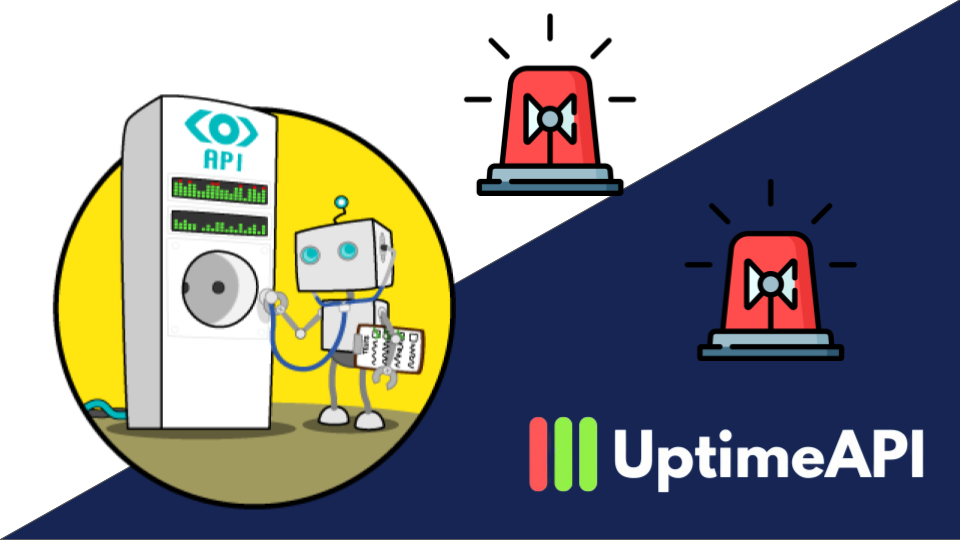REST API Monitoring Tool for Preventing Downtime

In today's API-driven world, ensuring that your services are always online and functional is critical. For developers, API downtime or poor performance can lead to severe issues like losing customers or tarnishing a company’s reputation. This is where Uptime API comes into play. It is a robust REST API monitoring tool designed to help developers maintain seamless performance by tracking the availability and responsiveness of their APIs in real time.
Introduction to Uptime API
Uptime API is an advanced solution for monitoring REST APIs, ensuring they are up and running at all times. The tool checks the status of your APIs at regular intervals, typically every 60 seconds, allowing you to identify any potential downtime or performance issues before they impact your users. Whether you’re running mission-critical services or applications relying heavily on third-party APIs, Uptime API provides you with peace of mind through continuous monitoring.
For developers, this translates into proactive system management, preventing unplanned downtime and allowing quick detection of issues before they escalate. The primary goal of Uptime API is to provide real-time API monitoring with instant insights, helping developers resolve issues quickly, often before they are noticed by end-users.
How REST API Monitoring Tool Works?
At its core, Uptime API functions by conducting regular status checks on your APIs. Every 60 seconds, it pings your API endpoints to ensure they are functioning correctly. If the tool detects any errors or slow response times, it alerts you through various channels such as email, Slack, or even webhooks.
You can customize the monitoring process by setting up parameters and statuses for each API endpoint. Additionally, the tool allows for keyword monitoring, enabling developers to check for specific phrases or conditions in the API’s responses. This level of granularity provides invaluable insights into your API’s behavior under different conditions.
Moreover, Uptime API keeps a detailed error log of incidents, helping developers analyze historical data to improve API performance and prevent future issues.
Watch This YouTube Video!
Why Uptime API is Great for Preventing Downtime?
One of the key benefits of using Uptime API is its ability to help developers prevent downtime. By delivering real-time monitoring and instant alerts, Uptime API gives developers the tools they need to react to issues as soon as they arise. This proactive approach ensures that developers can address problems before they impact end-users, minimizing downtime and enhancing the overall reliability of their systems.
When downtime occurs, even for just a few minutes, it can lead to lost revenue, customer dissatisfaction, and damage to your brand’s reputation. Uptime API helps to mitigate these risks by ensuring that your APIs are constantly monitored and that any issues are reported instantly, giving you the chance to fix problems quickly.
Additionally, Uptime API’s error log retention feature allows you to keep track of incidents and troubleshoot issues effectively. By analyzing past errors, you can identify recurring patterns and implement long-term solutions to prevent future problems.
Conclusion
For developers looking for a reliable REST API monitoring tool, Uptime API is an excellent choice. With its ability to provide real-time insights into your API's performance, monitor downtime, and offer instant alerts, it ensures that your services stay online and functional at all times. The different pricing plans make it flexible for both small developers and large enterprises, while the tool's customization options provide detailed monitoring tailored to your needs.
